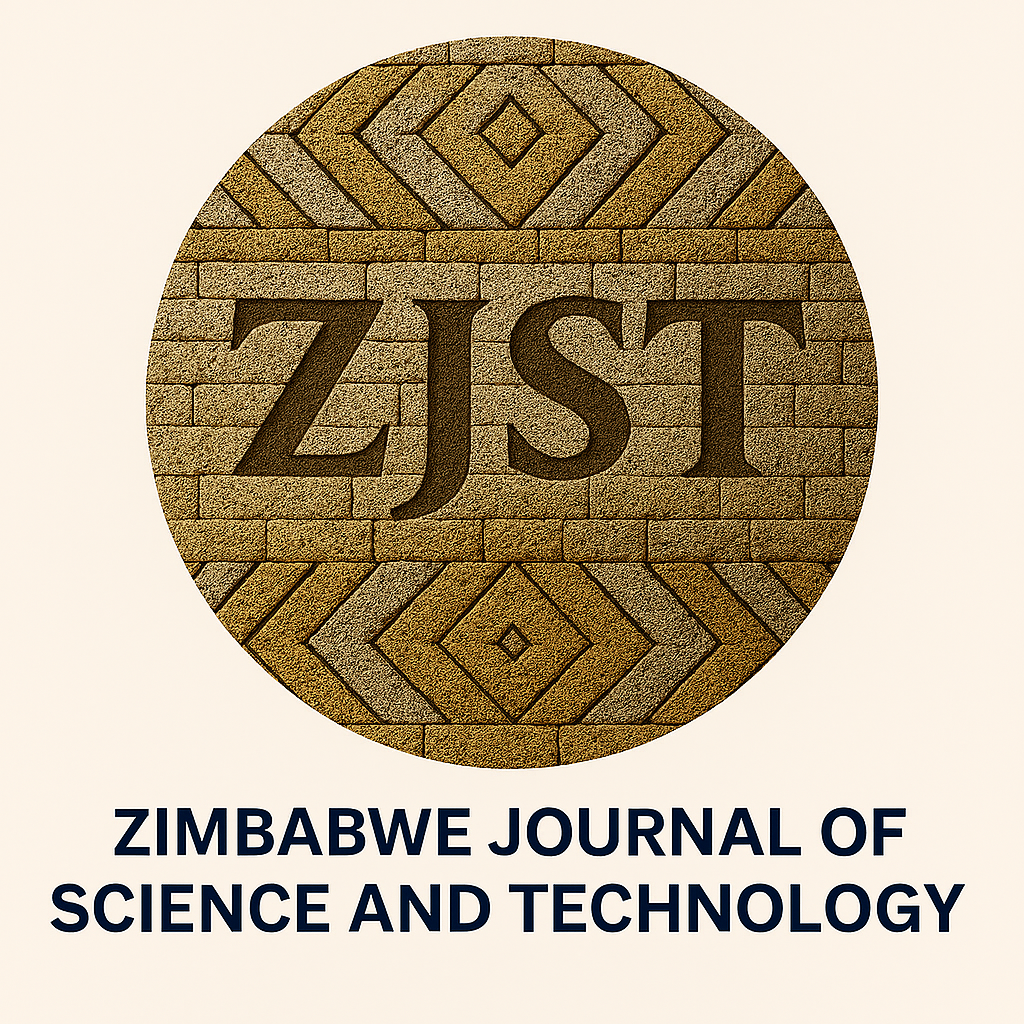Levels of Arsenic and other environmentally significant elements in Upper Pote River, Mashonaland East Province, Zimbabwe: Impact on riverbank garden vegetables irrigated using water from the river
Keywords:
Arsenic, arsenic-based cattle dip, heavy metal, irrigation water, soil pollution, carcinogenic elements, cobaltAbstract
The aims of the present study were (a) to assess the impact of the Runhanga Cattle Dip in Zimbabwe, historically based on arsenic dip, on the levels of arsenic and other environmentally significant elements in Upper Pote River water, riverbank soil and riverbank garden vegetables irrigated using the water. Samples of Runhanga Cattle dip site soils, Upper Pote River water, Upper Pote riverbank garden soils and riverbank garden vegetables, were collected from 5 sites close to and along Upper Pote River, and were analyzed using ICP MS. Data obtained confirmed contamination of Runhanga Cattle Dip site soils and Upper Pote river by 161.8 plus or minus 0.7 micrograms per kilogram. and 8 plus or minus 0.28 to 12.1 plus or minus 0.28 micrograms per kilogram. As respectively. Arsenic levels in the river were highest close to the dip site, confirming leaching of As from the contaminated dip site. Arsenic was detected in all three vegetable species, at concentrations ranging from 9 plus or minus 0.14 to 22 plus or minus 0.1 micrograms per kilogram.. The levels of As, as well as Cd, Cr, Cu, Fe, Hg, Mg, Mn, Sb and Zn, in the river water, riverbank garden soils and riverbank vegetables, fell within the permissible limits set by the WHO/FAO for food, irrigation water and soil respectively. However, the levels of Co in vegetable samples were above the set permissible limits and therefore, being highly toxic or carcinogenic, are cause for concern. Statistical correlation analysis confirmed that irrigating the garden soils with the Upper Pote River water had no significant effect on the concentration of As, or any of the metals studied, in the garden soils and the vegetable grown in the garden soils. Possible sources of the high levels of As, Co, Cd, Cr and Hg in the ecosystem are discussed.


